Chapter 1
The case for proactive career development
‘It is never too late to be what you might have been.'
George Eliot
The impact on labour markets of demographic changes, together with emerging skill shortages and the rise of talent management initiatives, has prompted organisations to consider innovative attraction and retention strategies. In recent times succession management has become an organisational priority. Indeed, it is now high on the agenda of many organisational boards as well as a key performance indicator (KPI) for chief executives. These labour market trends have placed new importance on employment relationships and leadership, and have combined to profoundly affect career development for individuals and organisations.
It is broadly recognised today that leaders need to truly ‘connect' with their employees in order to understand and support their professional and personal needs, recognising how these may change over time.
Effective leaders demonstrate authenticity in spades. They build trusted relationships by being open about their position while assisting others to be open about theirs. They appreciate and respect differing points of view and follow through on their commitments. Role modelling these behaviours is key to fostering connection and quality relationships. Employees should feel they can turn to you, as their leader, for objective career advice, and know it will always be in their best interests to do so.
Trust is the great enabler of learning. When trust is absent so too is learning, and both are critical to positive career development.
Moving from the old to the new career model
The traditional, paternalistic style of employment relationship, in which organisations were expected to manage their employees' careers, has long gone. In the contemporary career model, employees are considered free agents and loyalty is to the individual, not the organisation. Career development has evolved to become the responsibility of the individual.
Nowadays, progressive employers do not manage their employees' careers. They discuss career pathways and make available accessible career ladders and career development resources (such as coaching) to help employees achieve career clarity, identify career options and determine the best career direction for them.
The traditional career model of the last century was linear and one-dimensional. Young adults were encouraged to find a ‘good job in a good company', nurture it and stick with it as long as possible, ideally until retirement. In his book The Psychology of Careers (1957), Donald Super discussed five life stages: growth, exploration, establishment, maintenance and decline. Super also talked about a fantasy sub-stage of growth, when stereotypically a boy dreamed of becoming a fireman, policeman or doctor while a girl imagined herself a ballerina or nurse (remember, this was a different era!). The exploration stage generally coincided with leaving school or, for some, taking up tertiary studies. Once employed and settled into a single organisation, usually for life, their career would pass through establishment (with advancement as a sub-stage) and maintenance stages, before winding down towards decline (disengagement and retirement). Figure 1.1 represents a greatly simplified version of a traditional linear model.
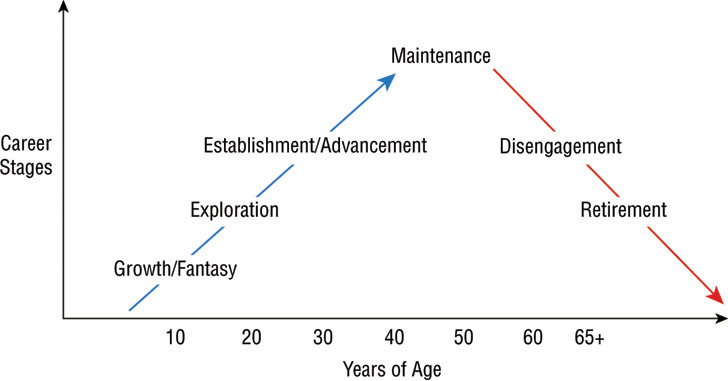
Figure 1.1: the traditional career model
Source: Adapted from D. E. Super (1957), The Psychology of Careers, Harper & Row, USA; and D. E. Super (1990), ‘Life-span: Life-space approach to career development', in D. Brown, Career Choice and Development (2nd edn, Jossey-Bass, San Francisco, CA).
As an indication of the evolving nature of career development theory, Super much later referred to ‘recycling' when discussing transitioning through his life/career stages.
Figure 1.2 represents a progressive, cyclical model that reflects a continuum of career exploration, engagement, growth, advancement, maintenance and disengagement over the course of a lifetime. Today's world of local and international career mobility has generated a career model in which many individuals can expect to ‘recycle' and reinvent themselves through various career stages. Over their working life they can expect on average five careers and more than 15 jobs. Similarly, the traditional notion of retirement has given way to more flexible engagement options in the tertiary stages of career development.
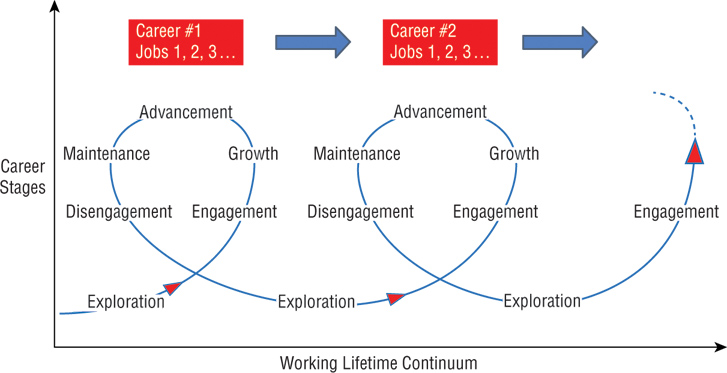
Figure 1.2: a contemporary ‘recycling' careers model
Source: Adapted from D. E. Super (1957), The Psychology of Careers, Harper & Row, USA; and D. E. Super (1990), ‘Life-span: Life-space approach to career development', in D. Brown, Career Choice and Development (2nd edn, Jossey-Bass, San Francisco, CA).
The traditional approach to career management assumed a paternalistic and ‘transactional' style, rather than the more mature ‘relational' employment relationship described by Denise Rousseau.
Transactional relationships were founded on limited emotional attachment. Organisations typically provided job security and material rewards in return for performance, conformity and loyalty. The employee's identity was linked directly to their skills and competencies.
Relational employment relationships are grounded in strong emotional attachment. They emphasise flexibility and personal accountability for performance in return for career rewards and development, with a long-term view in which the employee's identity is linked to the organisation. Both transactional and relational employment relationships relied on the acceptance of a basic social norm of reciprocal commitment or mutual obligation.
In the early to mid 1990s, the shift from transactional to relational work relationships had just begun, but was smashed apart when organisations embarked on widespread and large-scale downsizings. Many of the affected employees were well advanced in their careers, with tenures of 30 to 40 years or more. Back in the mid twentieth century, at 16 and looking for work, some had simply presented to the guardhouse of their nearest factory and asked for a job, any job! That was all that was required to get an immediate start for most factory work in those days. Many lacked formal qualifications and were ill equipped to transition to new careers after retrenchment. Subsequent research has shown that a third of these employees never worked again.
These events became a generational marker and changed the nature of employment relationships forever.
The children of the affected workers vowed not to let what had happened to their parents happen to them. The emerging generation of workers demanded a more adult form of relationship. The new relationship model included the imperatives of flexibility, a commitment to development and acceptance of them as free agents. This obliged organisations, and their leaders, to rethink their organisational frameworks and mindsets to accommodate a new, progressive form of employment relationship in order to attract and retain talent.
The new career reality
The new reality that has evolved today provides a plethora of exciting career opportunities. So what's the problem? It's simply this: many employees are unsure how to recognise or transition through the career stages of exploration, engagement, advancement, growth, maintenance and disengagement and on to a new career. Many just ‘dust off' their résumé and start searching internet job boards when they feel a career move is needed. Just as problematic, many leaders don't know how to help them.
This is a challenge but also an exceptional opportunity for leaders, because it's never been more important than it is today to become skilled in helping employees enhance their career adaptability and agility.
Today's leaders are expected to actively demonstrate authenticity, transparency, agility and adaptability, and to be genuinely committed to their employees' career development. Leaders who only pay lip service to these traits and lack a focus on organisational career development are likely to be surrounded by subpar performers who are neither inspired nor motivated to improve themselves or their organisation. The red alert is that there's no faking it — employees can spot insincerity a mile off!
I have often heard leaders insist, ‘We need to change the culture of this organisation.' It is also said that ‘leaders get the culture they deserve', and in my experience this is spot on, because organisational culture mirrors leaders' behaviours. If leaders don't like what they see around them in their organisation, then they will need to take a long, hard and honest look at themselves before they can find the answers to what needs to change to produce the culture they're seeking. To attract and retain the best and brightest, leaders should look to their own values and behaviours first.
Employee experience — the new frontier of leadership
Employee experience has emerged as a key strategic focus for organisations seeking to fuel growth, as well as a source of sustainable competitive advantage. Some experts even believe employee experience is more important than customer experience — I now lean in this direction!
Like customer experience, employee experience is the sum of all interactions an employee has over their entire engagement with their employer. This includes everything from the pre-employment and induction stages through to departure. Bringing it off well requires all leadership sensory perceptions to be in high functioning order!
Employee experience is quite different from employee engagement, which has a narrower focus. Jacob Morgan, author of The Employee Experience Advantage, describes employee engagement as a ‘short adrenalin shot' and employee experience as the ‘long-term redesign of the organisation'. Morgan argues that employee experience should not replace employee engagement but coexist with it.
Ultimately, no matter how employee experience is defined, the evidence collected by researchers and other experts in this organisational field indicates that employee experience is fundamental to organisational prosperity in the short and long term.
Since employee experience owes a lot to effective conversations and career management throughout an employee's tenure, it figures that meaningful career conversations have a big role to play. In the chapters that follow I elaborate on how leaders can use and hone their sensory perceptions to enhance and drive career conversations.
Career coaching
Career coaching is a powerful tool that provides organisations with a practical approach to enriching engagement, retention, attraction and performance. It fosters positive and open employment relationships and enhances overall employee experience. Career discussions can also assist in improving role clarity, a lack of which can be a source of disharmony between colleagues that negatively affects their enjoyment of work. Moreover, many employees fear being held accountable for responsibilities they never knew they had!
Open, non-judgemental career discussions can help tease out potential role clarity issues, settling anxieties that may otherwise result in a decline in engagement and career satisfaction and subpar performance. This will become increasingly important as labour markets contort in order to sync with new work models.
A career development model
This model of career development, adapted from Judy Denham (2002), provides a useful context for understanding the key elements of career coaching (see figure 1.3). It highlights how each component interrelates with the others to provide a comprehensive and holistic framework for career development.
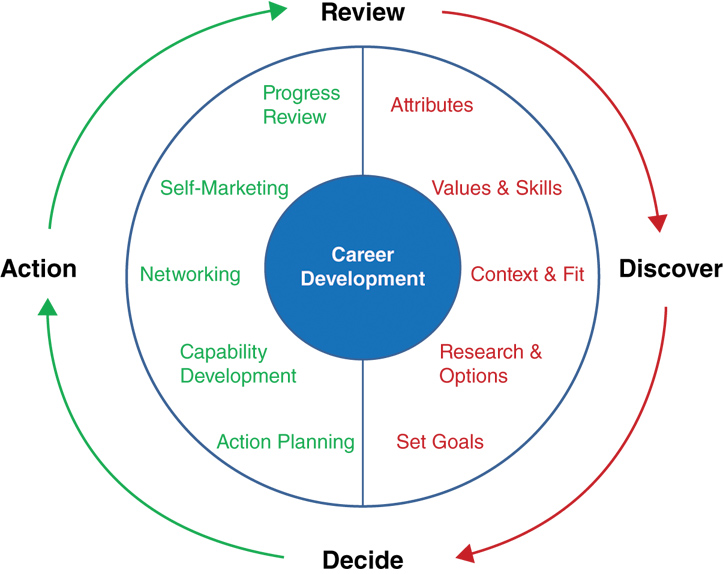
Figure 1.3: career development model
Source: Adapted from Judy Denham (2002), Career Solutions (www.careersolutions.com.au).
The right-hand side of this model deals mainly with career exploration, options analysis and goal setting, while the left-hand side focuses on action and implementation. Together, these elements make up an integrated approach to career coaching for today's leader.
Career satisfaction and competence
I have emphasised the importance of employee satisfaction in career development. Figure 1.4 (overleaf) illustrates the relationship between career satisfaction and competence, helping to identify what can, and can't, be traded off when considering career options and making career decisions.
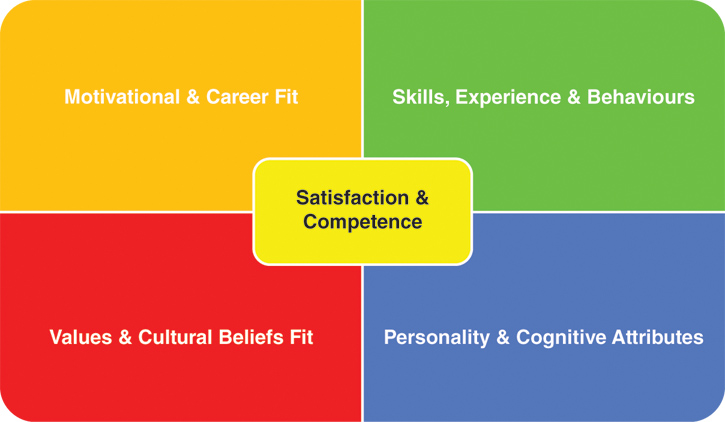
Figure 1.4: elements of career satisfaction and competence
Career decisions fall into two main areas: career satisfaction elements (motivational, career, values and cultural beliefs fit) on the left side of the model and competence elements (skills, experience, behaviours, personality and cognitive attributes) on the right.
Some competence elements can be developed through skills training, formal education or behavioural training (technical skills and customer service, for example); other behavioural and attribute-based competencies, such as leadership resilience and emotional control, are better suited to development via coaching. Personality and cognitive attributes also indicate our behavioural preferences and can often be a valuable source of ‘inferred' capability or potential in the absence of hands-on experience.
Career satisfaction elements, on the other hand, are largely rooted in our values and are therefore things that cannot be trained. We might also trade off motivational fit (what motivates you in the here and now) for longer-term career fit. For example, you may feel that although your job is not exactly what you want right now, the organisation is a good fit for the longer term and you can see a pathway to the right role.
Values and culture fit cannot be traded as easily, however, because these elements are the foundations of our belief system. If, after joining an organisation, an employee discovers it's a poor values or cultural fit for them, then usually the only remedy is to face up to it and move on. So to achieve career satisfaction employees' values and cultural belief systems must closely align with those of their employer.
Leaders will find that understanding the intrinsic differences between career satisfaction and competence elements will help untangle common confusions, such as the trainable and untrainable elements. It will also guide leaders in selecting the most suitable development interventions (procedural skill training, on-the-job training, behavioural coaching, career coaching and mentoring) for each employee. Understanding these elements and their differences will ensure career conversations begin and remain on a productive path.
Career leadership levers model
Finally, I developed this simple yet powerful model illustrating the essential career development levers that leaders can use to help their employees implement their career options and decisions (see figure 1.5).
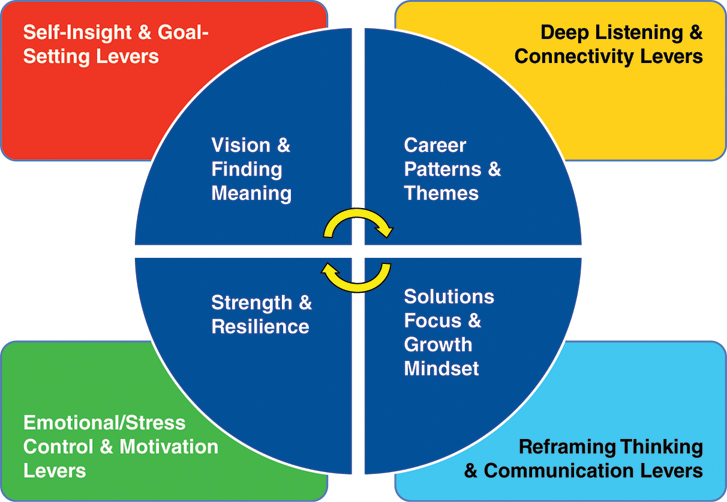
Figure 1.5: career development levers
Following is a brief description of these career development levers (their practical applications are discussed in further detail in later chapters).
Self-insight and goal setting
Developing self-insight is the key to finding personal meaning that's articulated by your vision of your career. This is then translated into corresponding goals that will drive your career towards your vision. Vision is the why: it encapsulates your core values, passions and dreams, and how you envision your future career and your life.
Goals translate your vision into specific actions. For example, your vision might be:
To make my career focus helping others achieve their potential and attain career satisfaction.
A corresponding specific goal to bring your vision to life could be:
Complete postgraduate studies part-time by setting aside 20 hours per week to master the theory and practice of leadership in career development and organisational development within two years.
Or,
Be appointed to a senior organisational development role in one of the top five logistics firms in the industrial sector within three years.
Deep listening and connectivity
Deep listening helps leaders to be acutely attuned to their employees and to correspondingly adjust their language to build trust, empathy and rapport to help identify career themes and patterns. This can help employees find what works for them and replicate this in their future career development.
Emotional/stress control and motivation
Leaders can, and should, assist their employees to understand the importance of maintaining emotional and stress control as well as gaining insight into their intrinsic motivational drivers. This helps motivate employees to stay on track to achieve their goals and their career vision, particularly when facing challenges and obstacles.
Reframing thinking and communications
Reframing for a growth mindset and developing a solutions focus are great communication tools. They help leaders in challenging their employees to look at things differently in order to overcome obstacles and build confidence (even when they are not so sure!) and to find their way forward in their careers. This benefits employees (and leaders) in their professional and personal lives.
